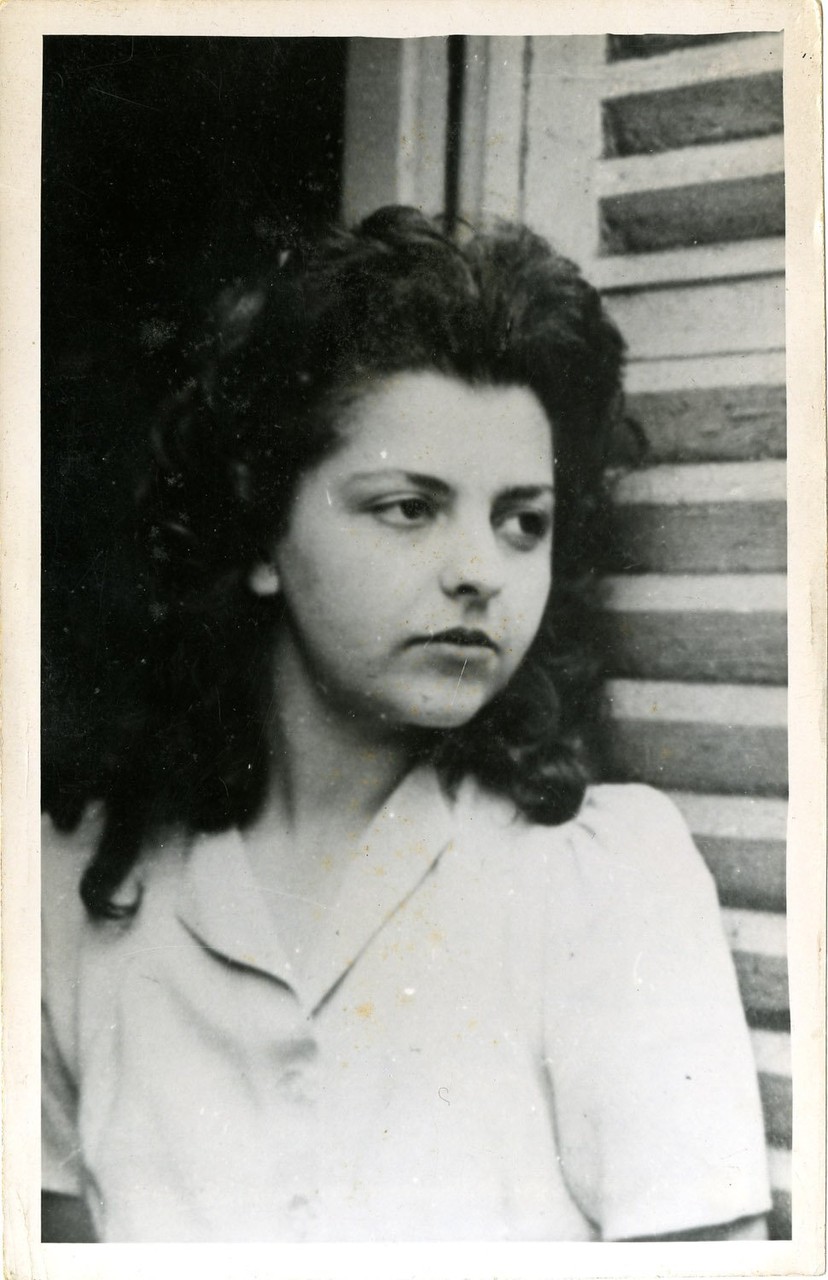Madeleine Riffaud, nata il 23 agosto 1924 ad Arvillers, in Francia, cresce circondata dai segni eveidenti della Prima guerra mondiale. Figlia di insegnanti, si trasferisce a Parigi da giovane, attratta dalla letteratura e dalla poesia. Nel 1942, a soli 18 anni, si unì alla Resistenza francese, adottando il nome in codice "Rainer", come il suo poeta preferito, Rainer Maria Rilke. Schierata con l'FTP (Francs-Tireurs et Partisans), Riffaud abbracciò una vita di rischi e di impegno nella lotta contro l'occupazione nazista.
Nel 1944, dopo il massacro di Oradour-sur-Glane, Riffaud compì un'azione cruciale. Il 23 luglio, sparò e uccise un ufficiale tedesco in pieno giorno sulla passerella del Solférino a Parigi. In seguito ricordò che quell'atto, compiuto "con le armi del dolore", non fu che un dovere cupo, privo di odio personale. Poco dopo l'attacco, Riffaud fu catturata dalla Gestapo, che la sottopose a settimane di torture incessanti per estorcerle informazioni sulla sua rete. Nonostante i brutali interrogatori, rimase in silenzio, anche quando fu condannata a morte e imprigionata a Fresnes, dove più volte evitò per poco l'esecuzione. La sua vita fu infine risparmiata durante uno scambio di prigionieri organizzato dal console svedese Raoul Nordling.
Una volta liberata, Riffaud tornò immediatamente alla Resistenza. Il 23 agosto 1944 - giorno del suo 20° compleanno - guidò un assalto a un treno blindato tedesco nel tunnel di Buttes-Chaumont, catturando oltre 80 soldati nemici. Il suo coraggio in questa missione le valse il grado di tenente delle Forze dell'Interno francesi, un onore raro per una persona così giovane.
Dopo la guerra, Riffaud affrontò il trauma della sua esperienza con il sostegno del poeta Paul Éluard. Divenne poi giornalista, coprendo le guerre in Vietnam e in Algeria con la stessa dedizione alla verità e alla giustizia che aveva caratterizzato le sue azioni durante guerra.
Madeleine Riffaud si è spenta il 6 novembre 2024, a 100 anni.
